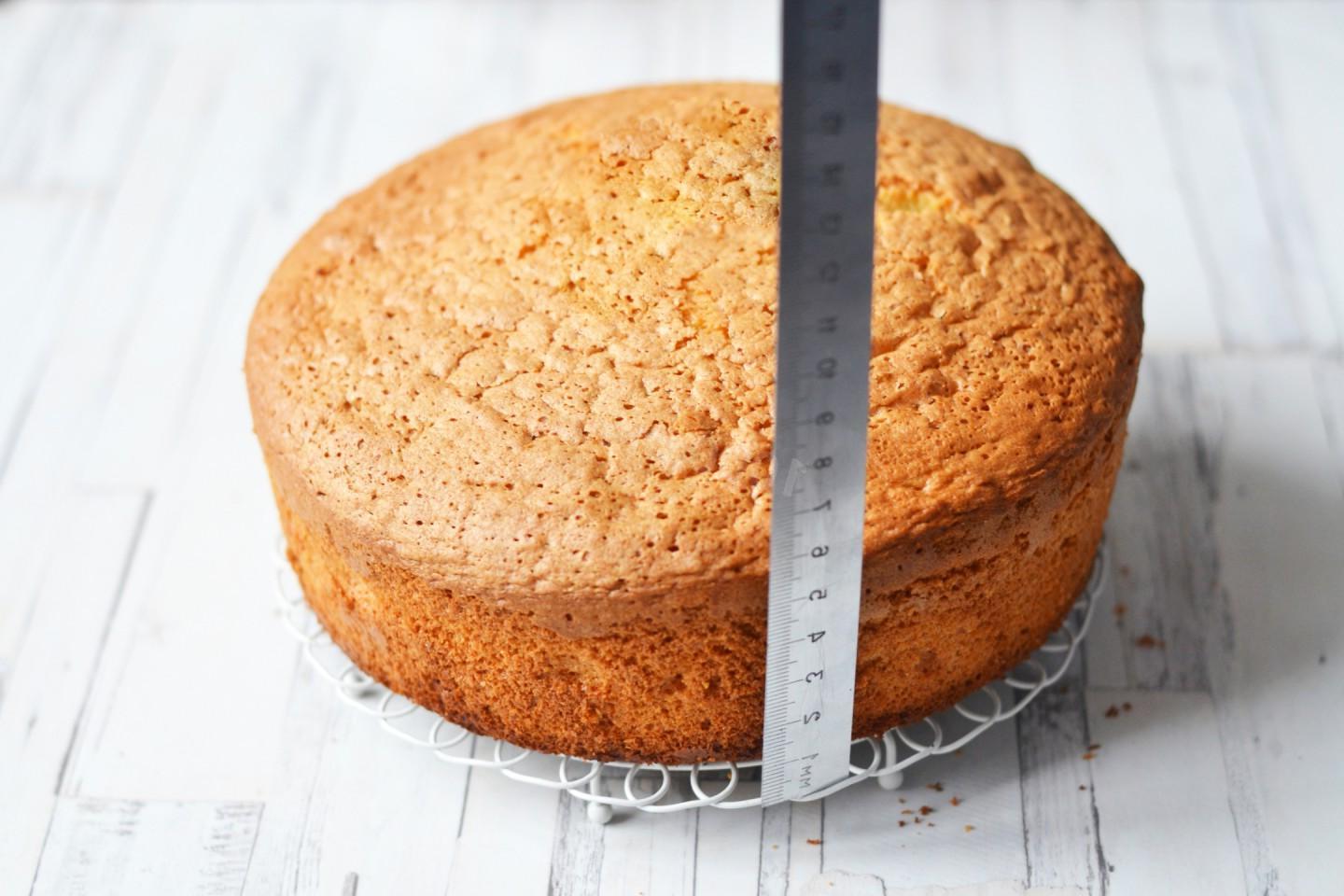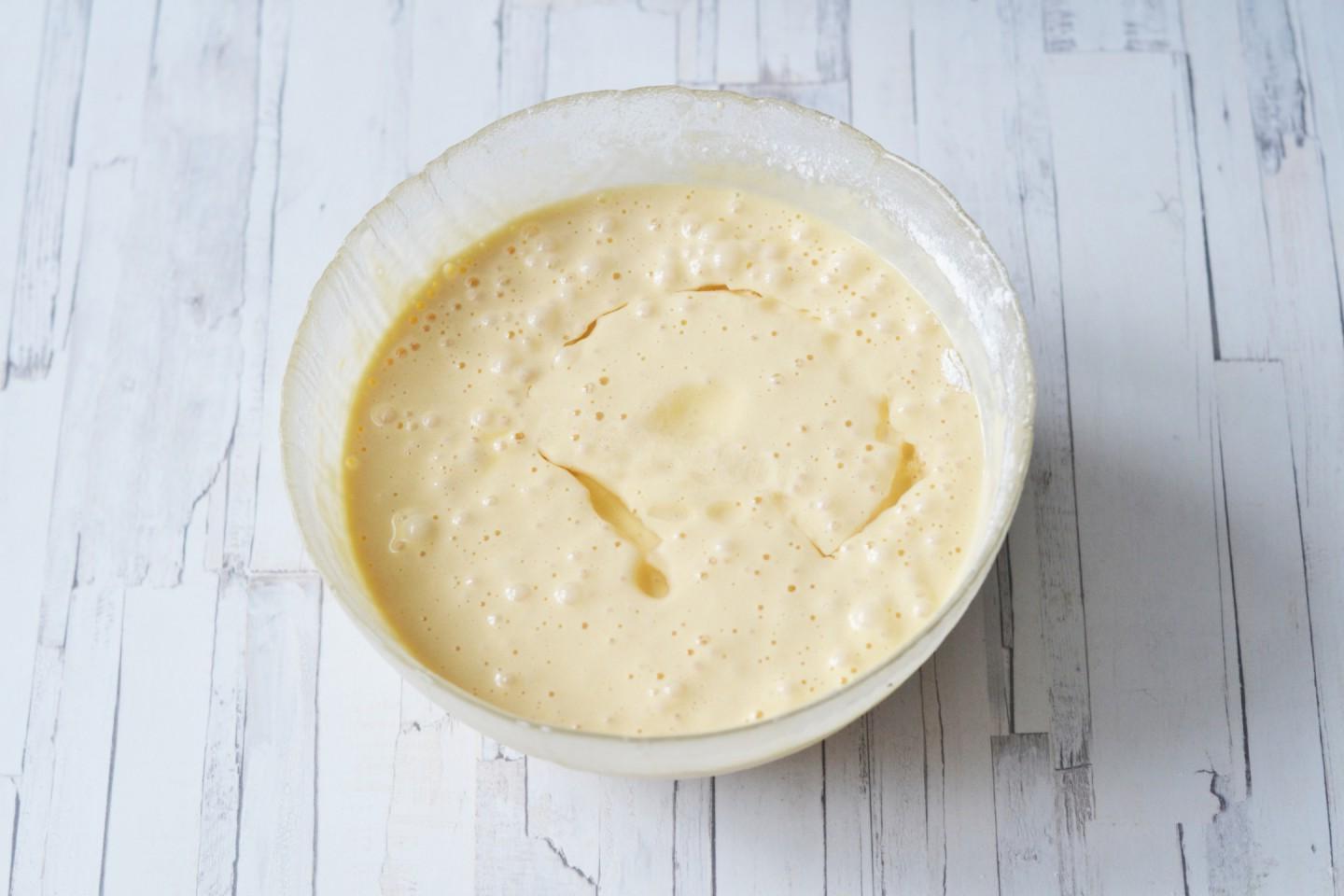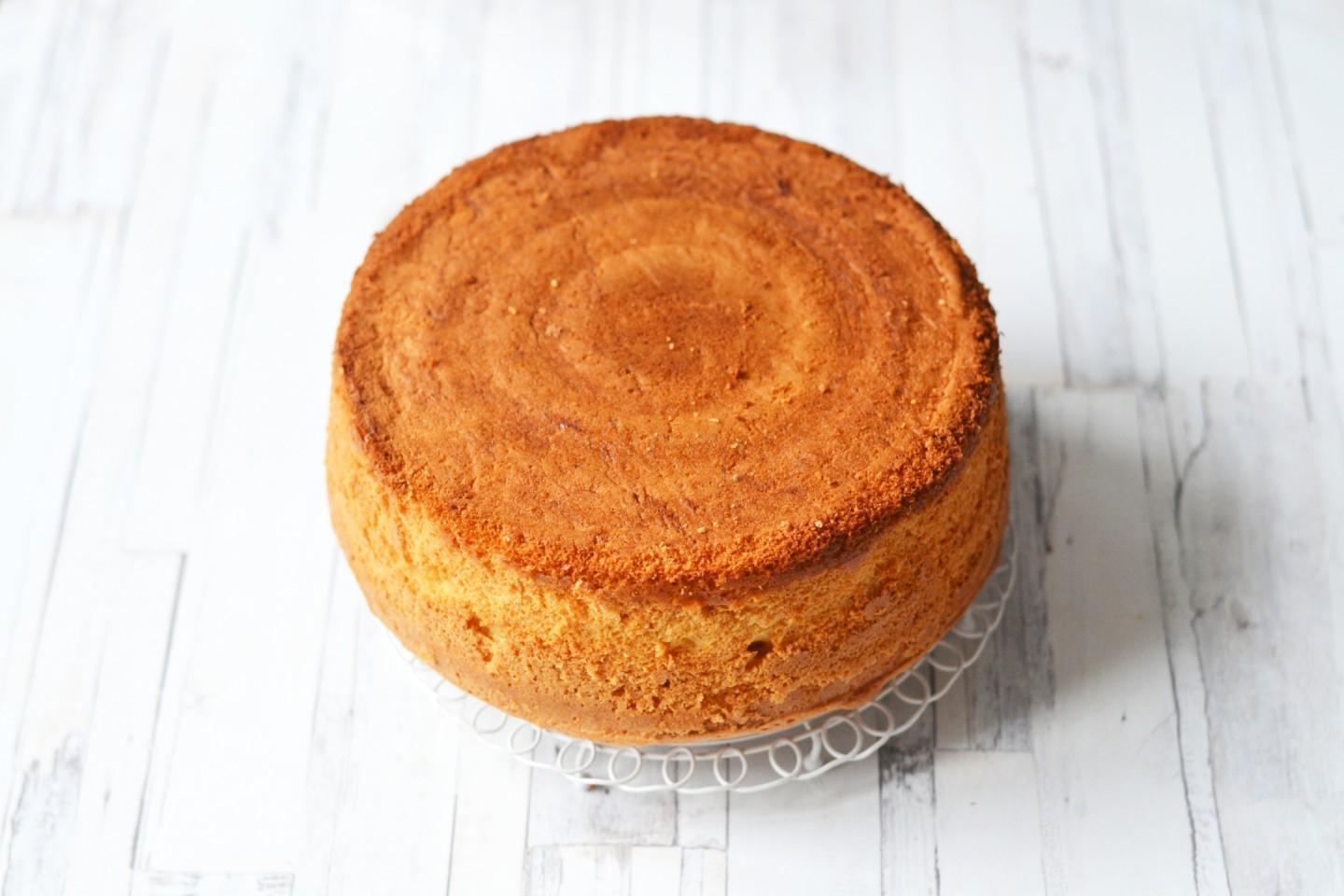Boiling Water Sponge Cake
Tall, curvy and simple, which always works! Sponge cake in boiling water is one of the most common and simple bases for a cake. The cake turns out elastic, airy and at the same time very tender. This is just the perfect layer for any cream or filling.
cook time:
1h 20 min
Gavin Tanner

Nutrition Facts (per serving)
303
Calories
11g
Fat
41g
Carbs
8g
Protein
Ingredients (8 portions)
Basic:
Sugar
200 g
Wheat flour
200 g
Water
(boiling water)
3 tbsp
Vanillin
0.25 tsp
Eggs
(large)
5 pc
Vegetable oil
3 tbsp
Baking powder
1 tsp
Recipe instructions
Step 1
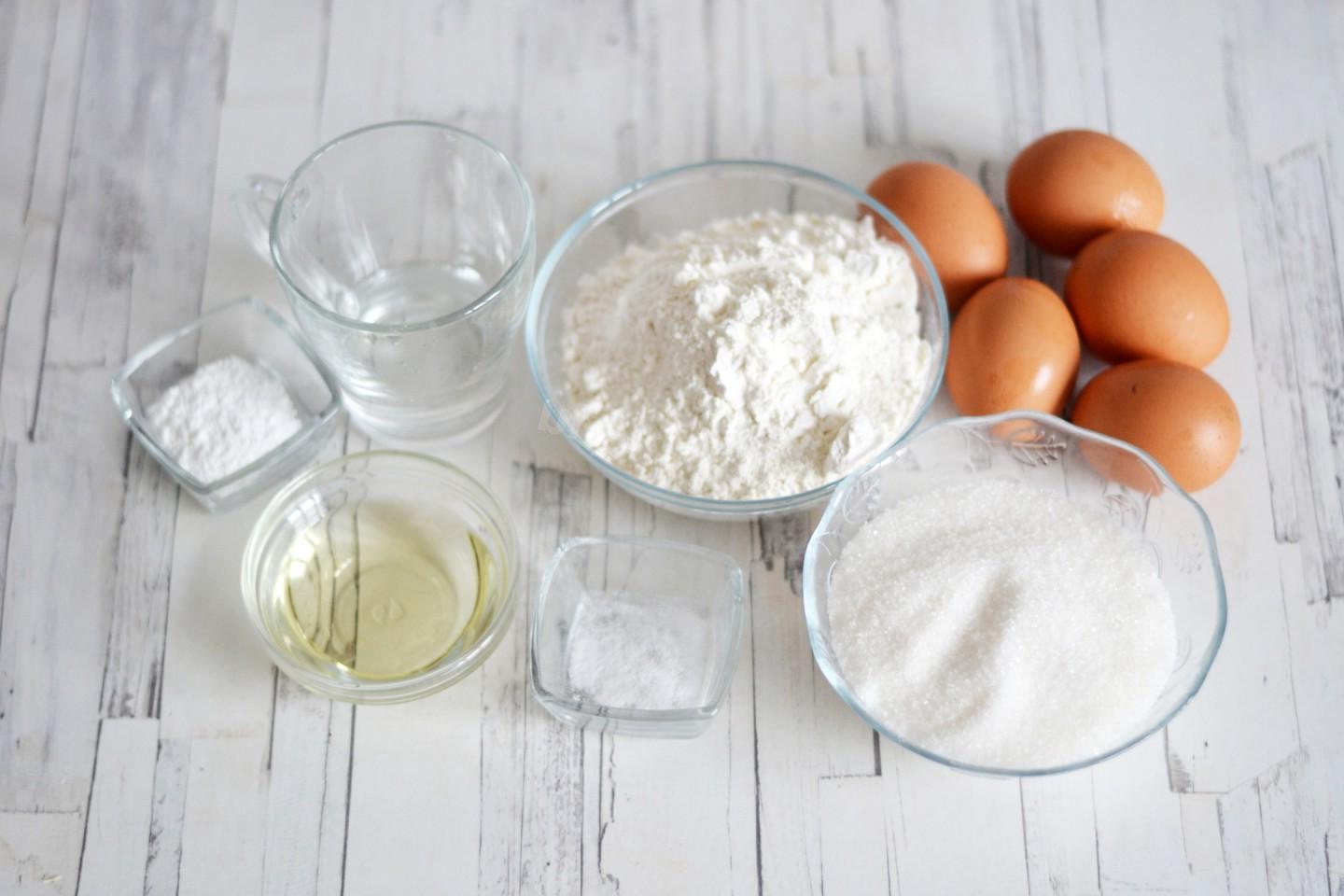
Step 2
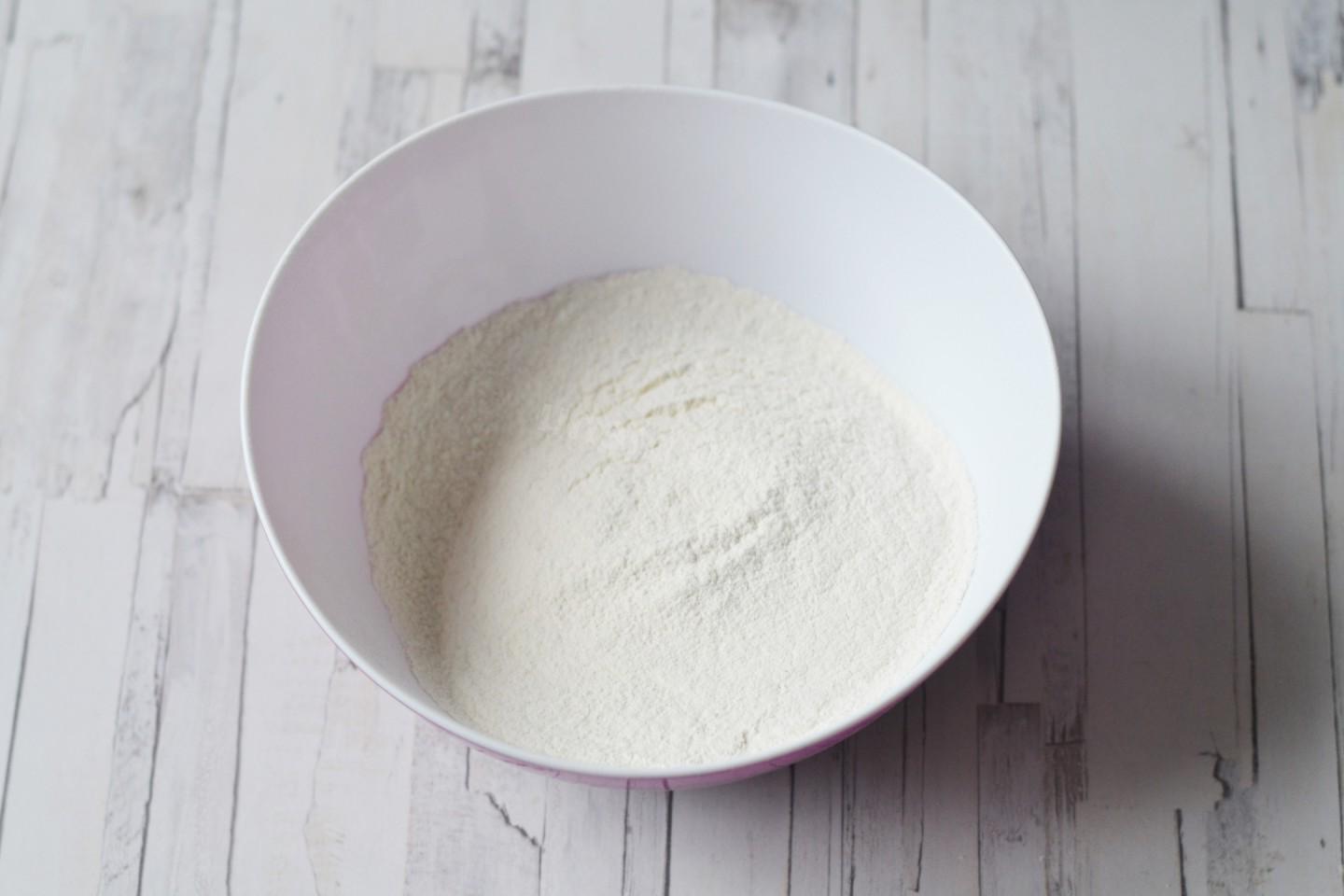
Step 3

Step 4
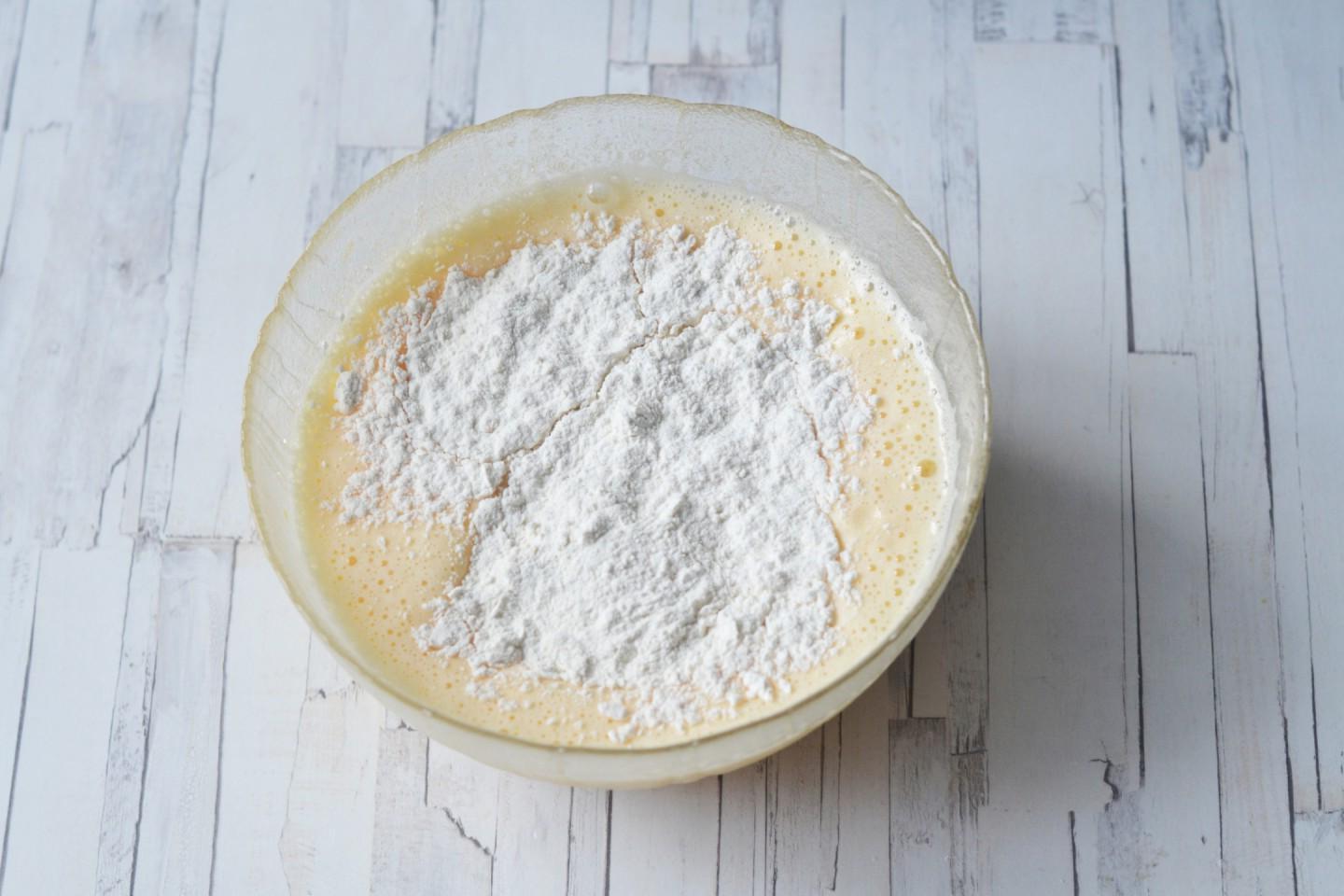
Step 6
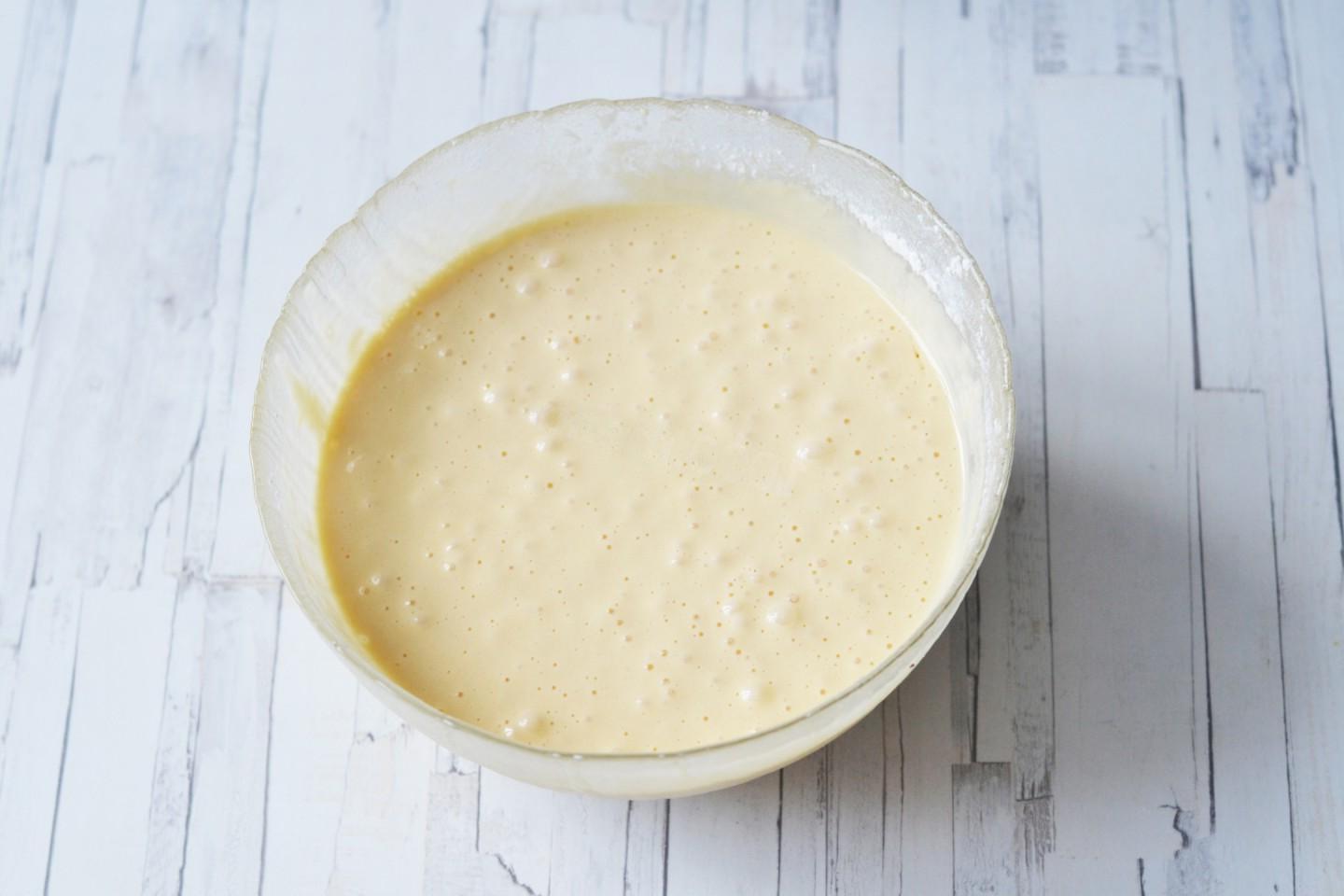
Step 7
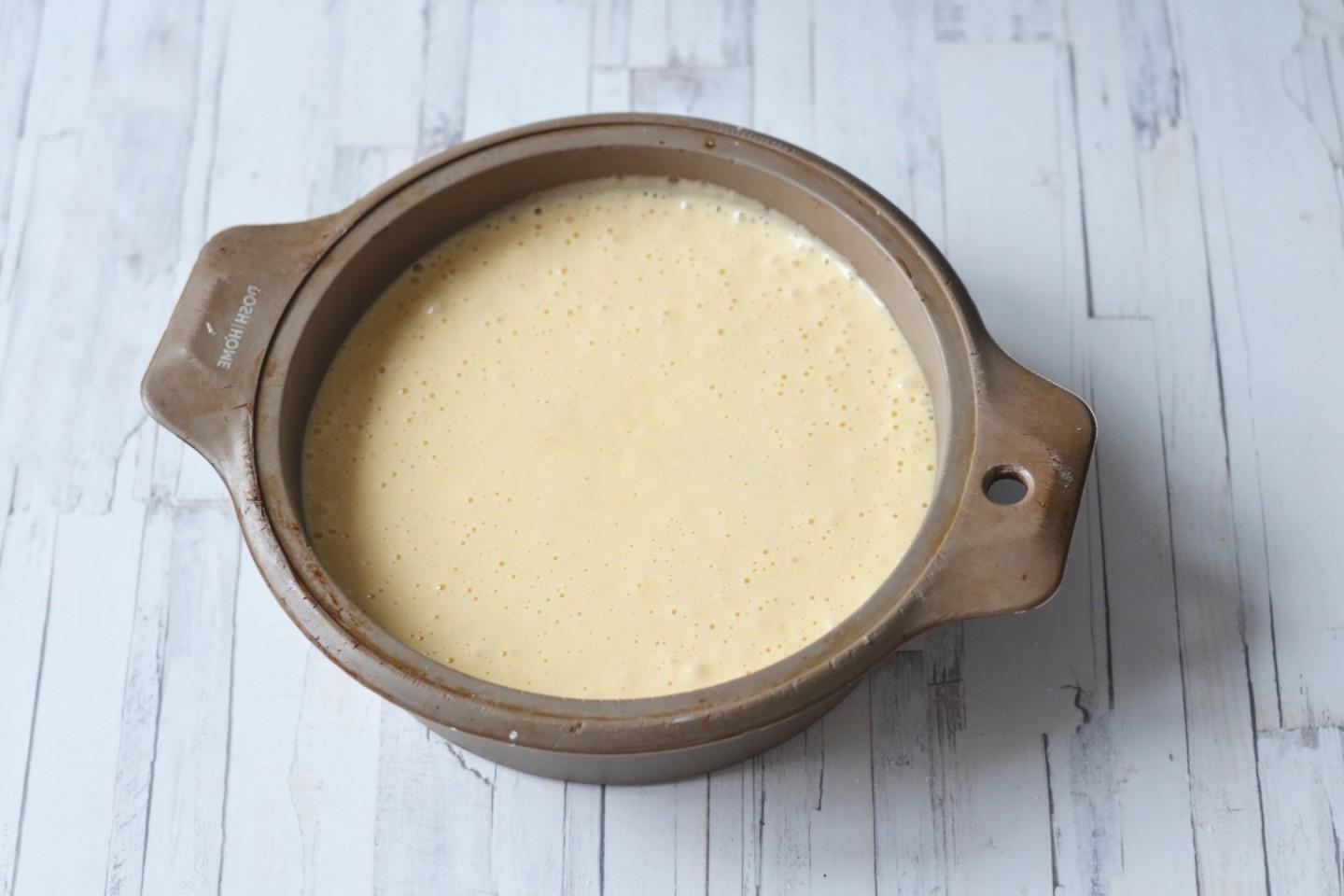
Step 8
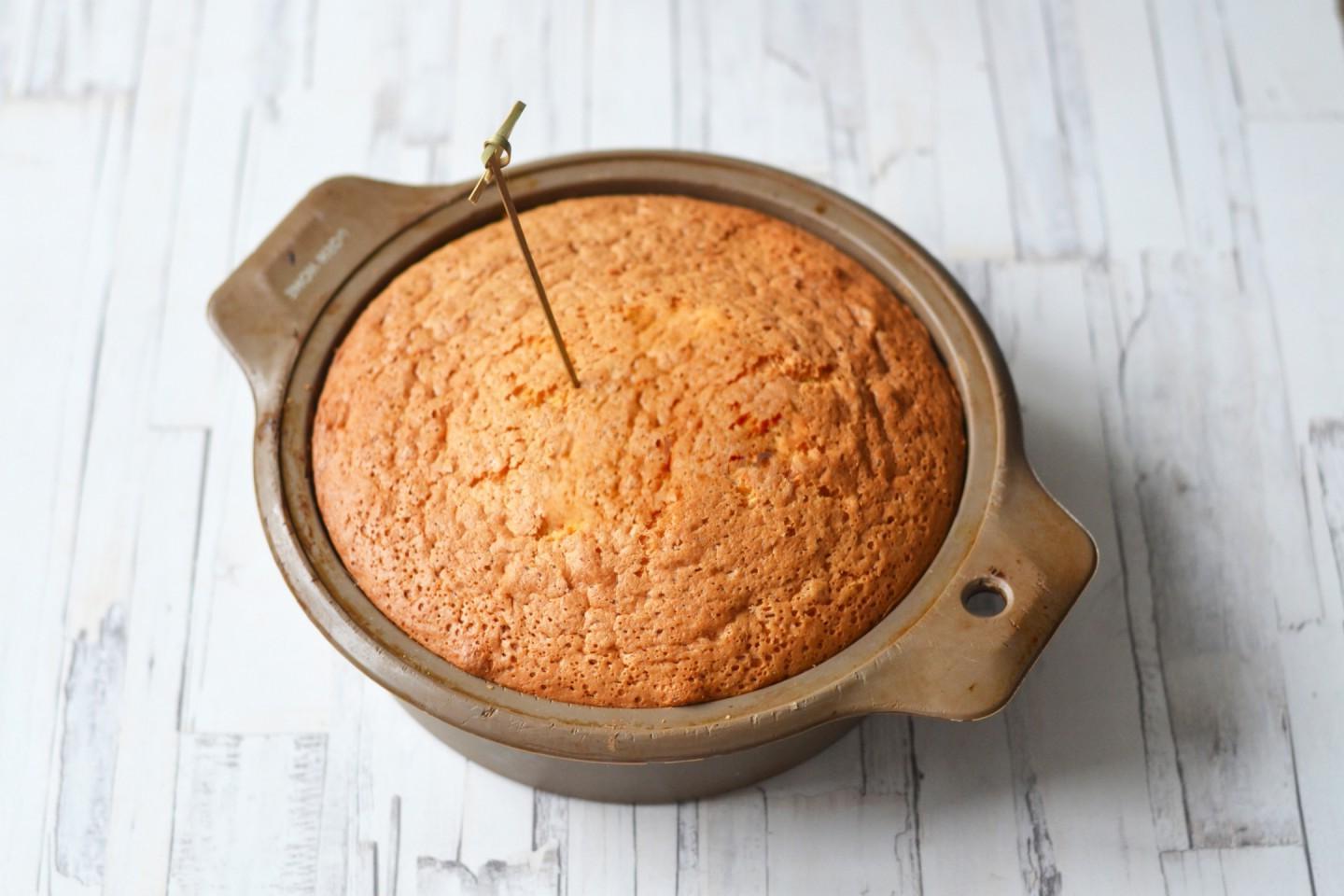
Step 10
